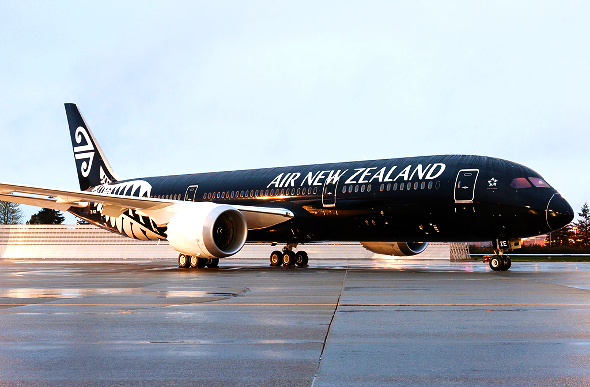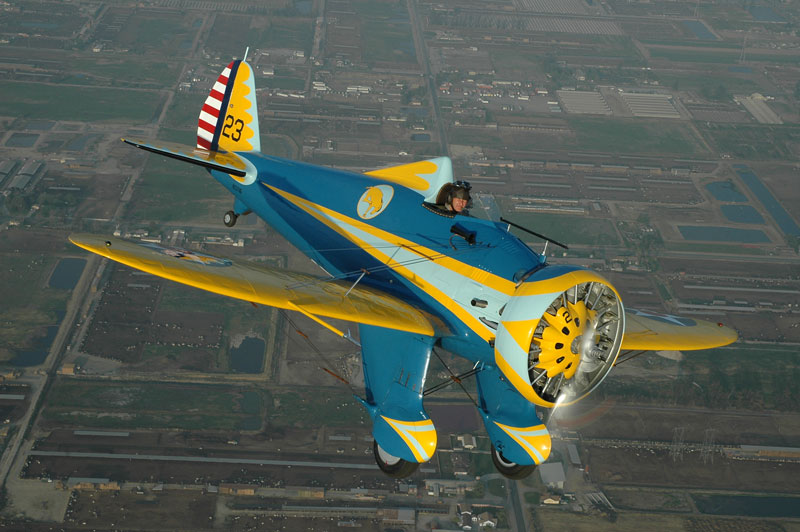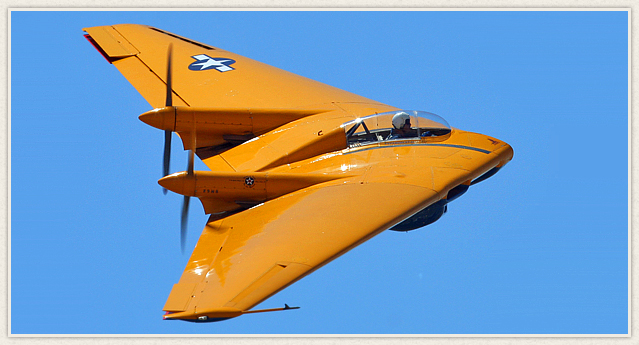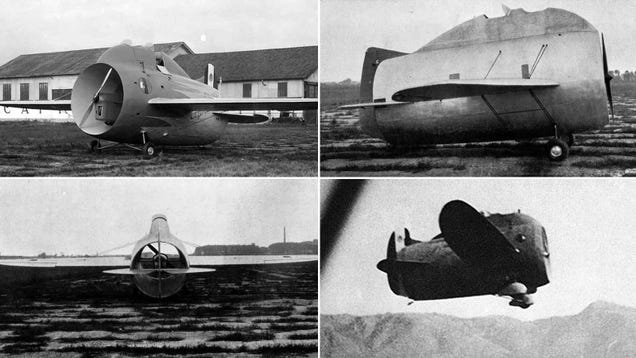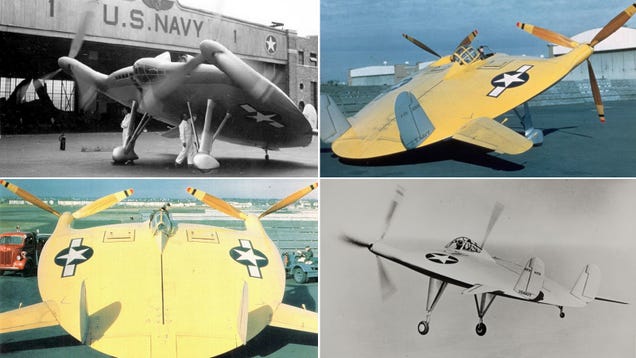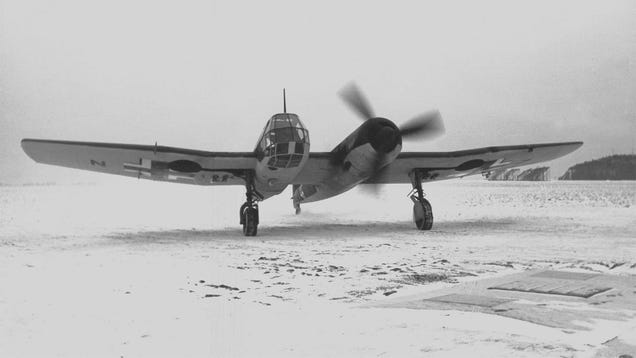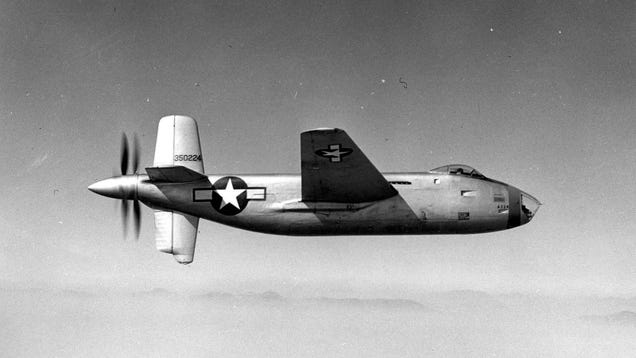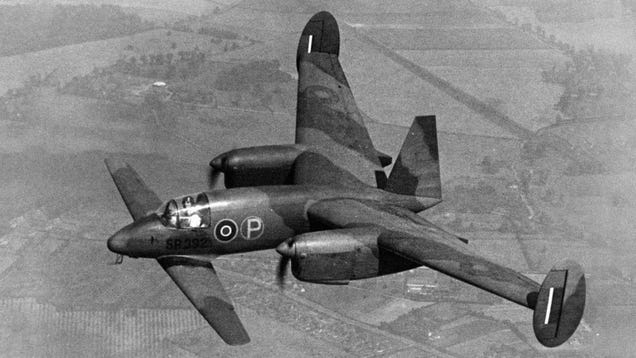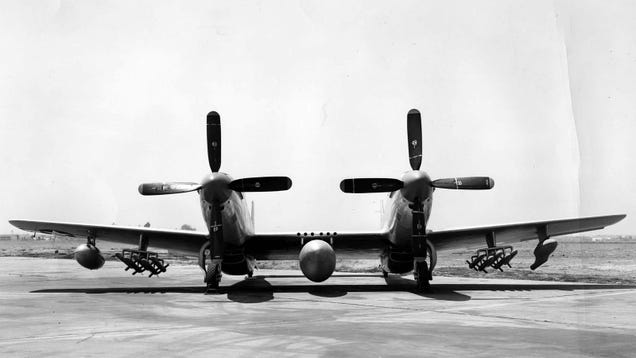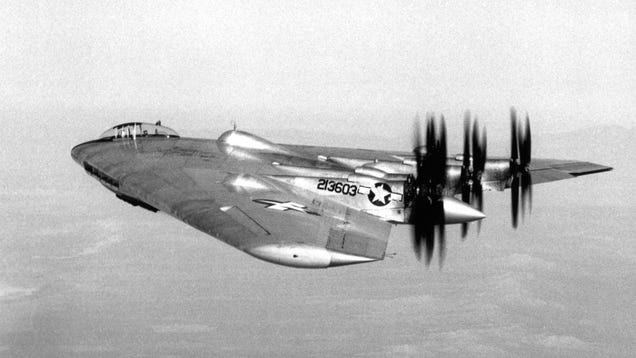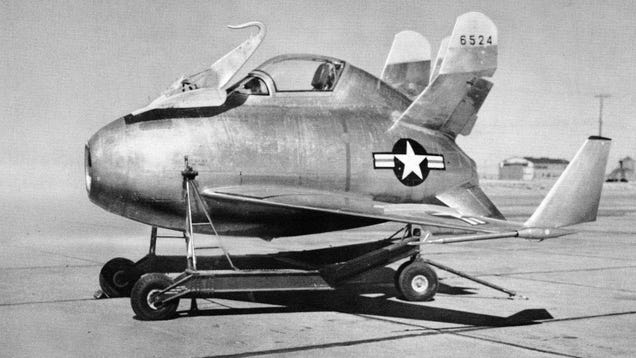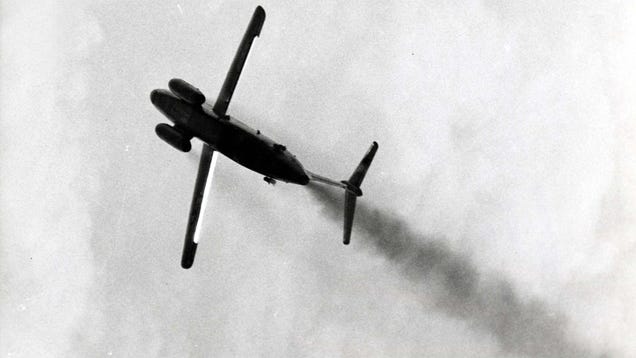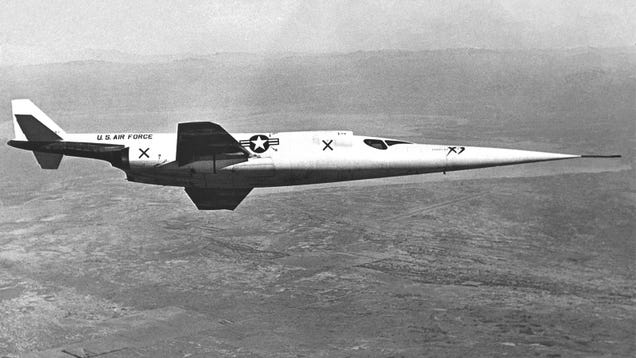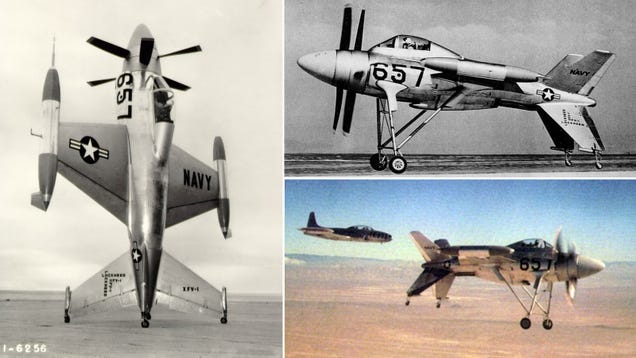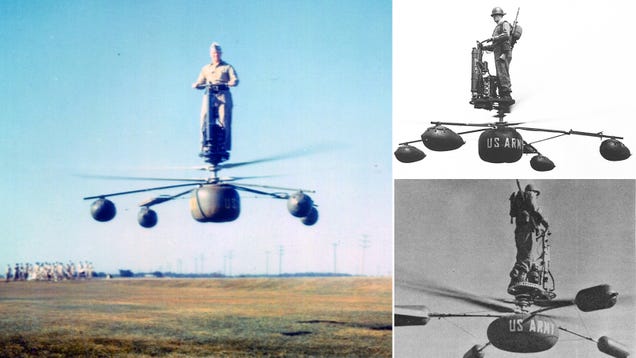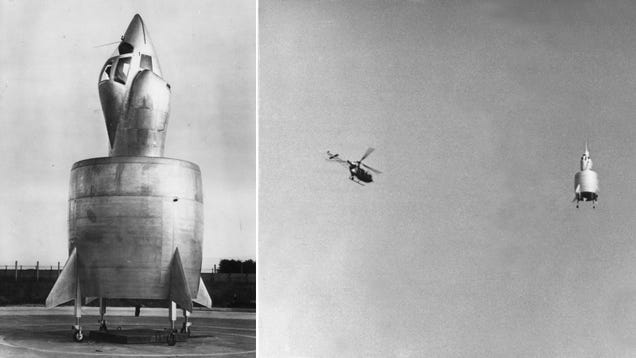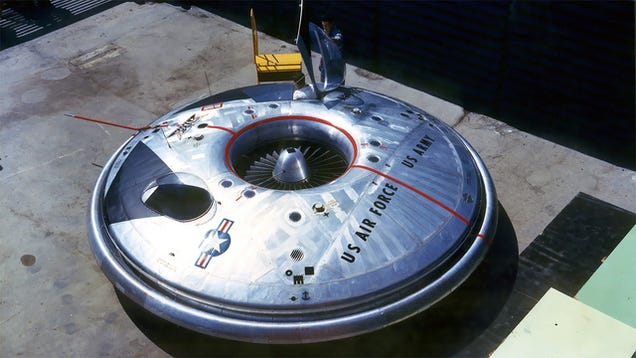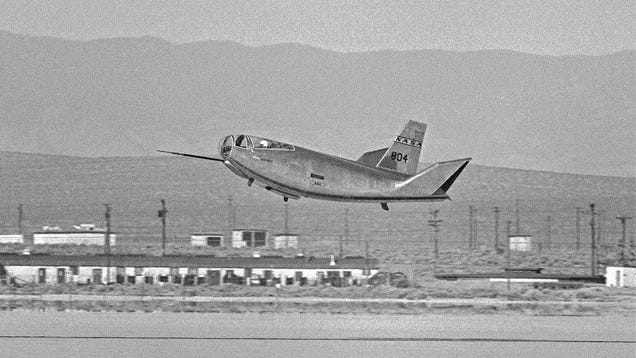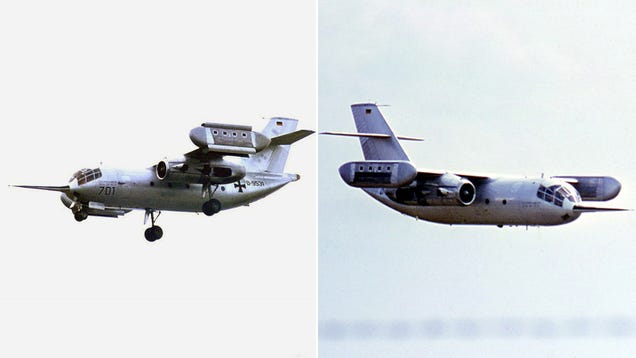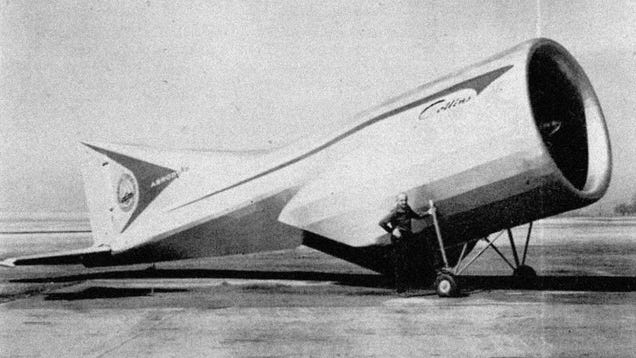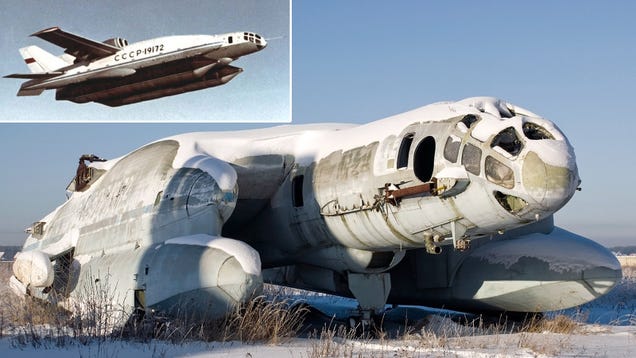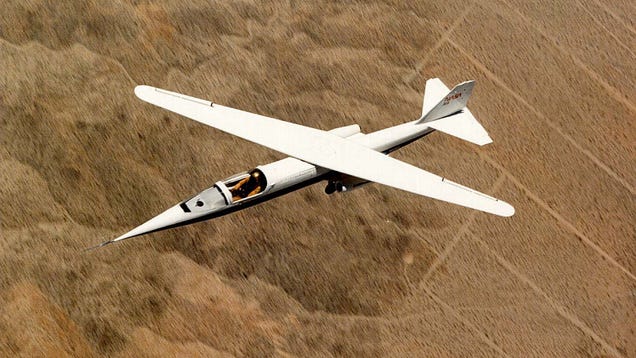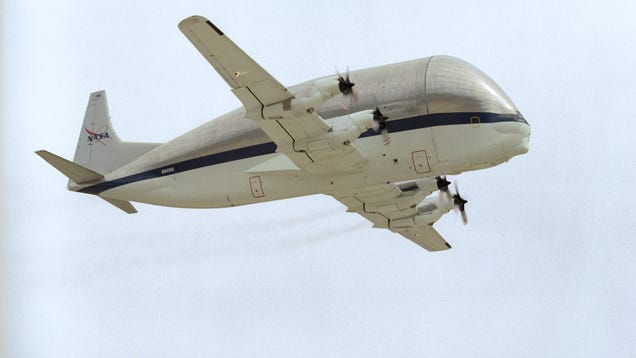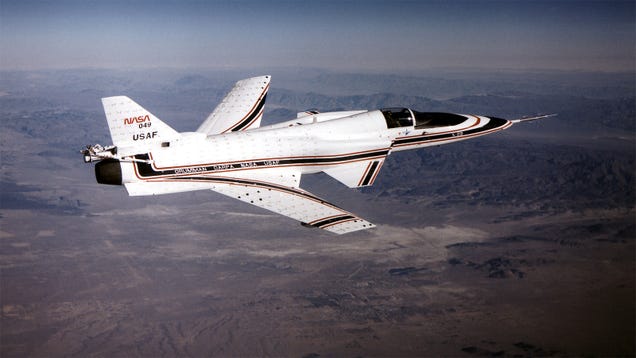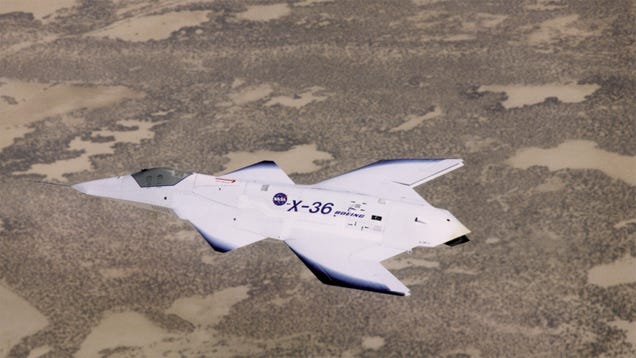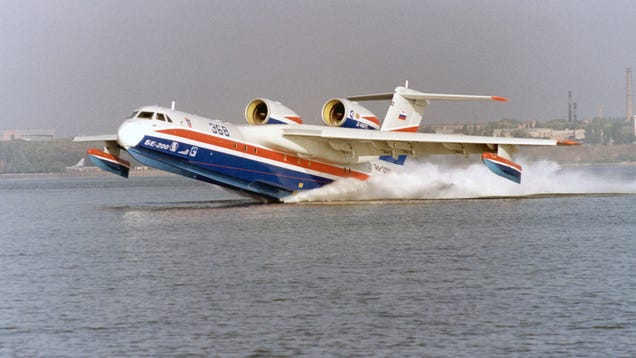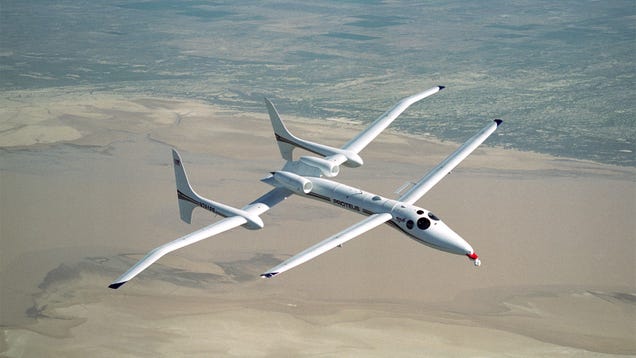Malaysian Airlines Jet shot down
An Air Malaysia Boeing 777-200 has been shot down by Cossacks of the Donyetsk separatist movement:
United States Vice President Joe Biden confirmed the plane was hit by missile, killing 295 people from several countries, including 27 from Australia.


New Zealand Foreign Minister Murray McCully said at least one New Zealand passport holder was aboard flight MH17. "Officials from the Ministry of Foreign Affairs and Trade are following up on indications that at least one New Zealand passport holder, and other passengers with New Zealand connections, may have been on board," McCully said. "The Ministry is working hard to confirm these details and make contact with the next of kin."
Malaysia Airlines confirmed in a press release it had received notification from Ukrainian air traffic control that it had lost contact with flight MH17 at GMT 2.15pm (NZT 2.15am) at 30km from Tamak waypoint, approximately 50km from the Russia-Ukraine border.
Flight MH17 operated on a Boeing 777 departed Amsterdam Thursday at 12.15pm (NZT 10.15pm) and was estimated to arrive at Kuala Lumpur International Airport Friday at 6.10am Malaysia time (NZT 10.10am).
Malaysia Airlines confirmed in a press release it had received notification from Ukrainian air traffic control that it had lost contact with flight MH17 at GMT 2.15pm (NZT 2.15am) at 30km from Tamak waypoint, approximately 50km from the Russia-Ukraine border.
Flight MH17 operated on a Boeing 777 departed Amsterdam Thursday at 12.15pm (NZT 10.15pm) and was estimated to arrive at Kuala Lumpur International Airport Friday at 6.10am Malaysia time (NZT 10.10am).

Malaysian 777-200 at Naruto, Tokyo
It has emerged that a surface-to-air missile was detected by US intelligence agencies, but the Wall Street Journal reported officals were divided over whether it came from Russia or eastern Ukraine. Biden confirmed the missile attack while he was at a conference in Detroit and Malaysian officials have reported the plane made no distress call. The UN Security Council would today hold an emergency meeting to discuss Ukraine.


The news of confirmation came a short time after Ukraine's state security chief accused Russian military officers of being involved in shooting down Malaysia Airlines MH17, which happened about 3am (NZT).
The disaster comes only four months after Malaysia Airlines flight MH370 vanished on March 8 when flying from Kuala Lumpur to Beijing with 239 people aboard.


Ukraine media have now reported the content of a phone call between members of militant groups, intercepted by Ukraine's security agency. (Transcript below)
The phone call was made 20 minutes after the plane crash, the Kyiv Post reported, by Igor Bezler, military commander of the separatist Donetsk People's Republic. He was said to be reporting to a Russian army colonel in their intelligence department. In a transcript of the conversation Bezler said: "We have just shot down a plane." Russian-backed Cossack militants have allegedly claimed responsibility for shooting down Malaysia Airlines MH17.
Ukraine media have reported the content of a phone call between members of militant groups, intercepted by Ukraine's security agency. The call was made 20 minutes after the plane crash by Igor Bezler, military commander of the separatist Donetsk People's Republic, the Kyiv Post reported. He was said to be reporting to a Russian army colonel in their intelligence department.

In a transcript of the conversation Bezler said: "We have just shot down a plane". In another conversation between two militants identified as "Major" and "Greek", they were heard discussing what they found at the crash site, discovering it was a civilian aircraft:
FULL TRANSCRIPT
Igor Bezler: We have just shot down a plane. Group Minera. It fell down beyond Yenakievo.
Vasili Geranin: Pilots. Where are the pilots?
IB: Gone to search for and photograph the plane. Its smoking.
VG: How many minutes ago?
IB: About 30 minutes ago.
SBU (Ukraine Intelligence) comment: After examining the site of the plane the terrorists come to the conclusion that they have shot down a civilian plane. The next part of the conversation took place about 40 minutes later.
Major: These are Chernukhin folks show down the plane. From the Chernukhin check point. Those cossacks who are based in Chernukhino.
Greek: Yes, Major.
Major: The plane fell apart in the air. In the area of Petropavlovskaya mine. The first "200" (code word for dead person). We have found the first "200". A Civilian.
Greek: Well, what do you have there?
Major: In short, it was 100 percent a passenger (civilian) aircraft.
Greek: Are many people there?
Major: Holy sh**t! The debris fell right into the yards (of homes).
Greek: What kind of aircraft?
Major: I haven't ascertained this. I haven't been to the main site. I am only surveying the scene where the first bodies fell. There are the remains of internal brackets, seats and bodies.
Greek: Is there anything left of the weapon?
Major: Absolutely nothing. Civilian items, medicinal stuff, towels, toilet paper.
Greek: Are there documents?
Major: Yes, of one Indonesian student. From a university in Thompson.
- via Sydney Morning Herald/Kyiv Post
1:52: About that plane shot down near Snezhnovo Torez. It turned out to be a passenger plane. Fell near Grabovo, there's lots of bodies, women and children. Right now the cossacks are inspecting it.
2:03: On TV they are saying AN-26, Ukrainian transport, but are saying it's labeled Malaysian Airlines.
2:12: What was it doing in Ukrainian territory?
2:16: Maybe it was transporting spies. Who knows. It's war.

1:52: About that plane shot down near Snezhnovo Torez. It turned out to be a passenger plane. Fell near Grabovo, there's lots of bodies, women and children. Right now the cossacks are inspecting it.
2:03: On TV they are saying AN-26, Ukrainian transport, but are saying it's labeled Malaysian Airlines.
2:12: What was it doing in Ukrainian territory?
2:16: Maybe it was transporting spies. Who knows. It's war.

An Air New Zealand spokeswoman said Air New Zealand did not operate over Eastern Europe.
Dutch authorities said that, along with the 27 Australians, there were also 143 Dutch on board.
Other passengers included 20 Malaysians, 11 Indonesians, six from the UK, four each from France and Germany and one from Canada. Some of the passengers were on their way to New Zealand, Dutch media reported.
MH17 was also a very popular route with oil and gas workers coming to South East Asia from the UK.
Ukrainian armed forces were not involved in the plane being brought down, the Ukrainian presidential press service said. Interfax quoted it as saying that President Petro Poroshenko had described the incident an act of "terrorism".
"We stress that the armed forces of Ukraine did not carry out any action to destroy targets in the air."
Pro-Russian separatists have said they were willing to have up to three days of ceasefire in eastern Ukraine to allow for recovery work at the site of the downed airliner, RIA news agency reported. However, the head of Ukrainian Emergency Situations said search efforts at scene were being hampered by "armed terrorists".

BODIES SCATTERED
An emergency services rescue worker confirmed 100 bodies had so far been found at the scene, near the village of Grabovo, and that debris from the wreckage was spread across an area up to about 15km in diameter.
''I was working in the field on my tractor when I heard the sound of a plane and then a bang and shots. Then I saw the plane hit the ground and break in two. There was thick black smoke,'' said a witness, who gave his name only as Vladimir.
A separatist rebel from nearby Krasnyi Luch who gave his name only as Sergei said: ''From my balcony I saw a plane begin to descend from a great height and then heard two explosions.''
Ukraine's Espreso TV reported that pro-Russian militants had recently received anti-aircraft weapons capable of shooting down planes at high altitudes.
The 'Buk' anti-aircraft missile system, manufactured in Russia, can hit aircraft up to an altitude of 25km. A launcher similar to the Buk missile system was seen by Associated Press journalists near the eastern Ukrainian town of Snizhne, which is held by pro-Russia rebels yesterday.
BUK, also known as SAM-17 Grizzly, or SAM-11 Gadfly is a mobile anti-aircraft system mounted usually on a tracked vehicle or truck that can simultaneously track and strike up to six targets flying from different directions and at different altitudes..

BUK/SA-11 (Gadfly) Missle system
On June 29, the Itar-Tass news agency reported that Donetsk People's Republic separatists had taken control of a missile defence unit equipped with Buk missile systems. (Clicky to Aus Airpower info)
However a spokesman for the Donetsk rebels denied any involvement. "The plane was shot down by the Ukrainian side," the spokesman told Interfax. "We simply do not have such air defence systems."
He said the plane was well beyond the range of any of their weapons, which can only go as high as 3000m. He also expressed his condolences to the bereaved families.
However the capture of such weapons was reported on a Russian News site: Donetsk militia captured military defense part A-1402. Point defense is a division of Missile Forces and equipped with self-propelled anti-aircraft missile systems "Buk". This is the second division of the Air Force, which passed under the control of militias in recent days. One part surrendered voluntarily, for the second conducted many hours of fighting, RIA "Novosti".

MOSCOW—Pro-Russian separatists shot down a Ukrainian military transport plane early Saturday, killing all 49 people on board, in the deadliest episode of months of unrest in eastern Ukraine.
The Il-76 plane was downed near the government-controlled airport in Luhansk, a region largely in the grasp of the separatists, after coming under fire from heavy machine guns and shoulder-launched missiles, said Ukraine's Defense Ministry.
The Ukrainian prosecutor general's office said the 40 military personnel and the nine crew members on board were all killed.

The incident, the second such shooting down of a plane this month, demonstrates how far the nascent government in Kiev is from its target of restoring security in the regions bordering Russia. Luhansk has been the center of significant unrest in recent months, and a month ago separatists declared independence in the region, as well as in Donetsk.

It came less than a day after the U.S. said it had confirmed the rebels had acquired tank and missile launchers from Russia and as the North Atlantic Treaty Organization released images it said supported allegations that Russian tanks had entered Ukraine. Russian President Vladimir Putin has consistently denied charges that the country has provided weapons and troops to the rebels in Donetsk and Luhansk.
In the wake of the attack, Ukrainian President Petro Poroshenko called on the European Union to immediately introduce sectoral sanctions against Russia.
More info: According to an online flight tracking site, the plane's last known position was near Donetsk at an altitude of just over 10 km. A Dutch man, Cor Pan, is feared missing by his Facebook friends, after posting a joke as he boarded a plane in Amsterdam saying "if the plane disappears, this is what it looks like". Cor also posted a photo of what is believed to be the Malaysia Airlines plane later reportedly shot down over Ukraine.
Friends initially laughed along with the reference to missing Malaysia flight MH370, wishing him and his partner happy holidays. However their comments later turned to shock and disbelief. One wrote "rest in peace dear Cor and (his partner) Neeltje, and we wish strength to your family - what a nightmare this is."
Fairfax could not independently verify whether the post was genuine. According to his Facebook page, Cor Pan was self-employed and lived in Volendam in the Netherlands.

Internet sleuths claim to have some photos of the offending SA-11:
Photos of Donetsk Missile Unit (Unproven); including a picture of a BUK Missle system leaving the area.
The prime suspect goes by the name Strelkov - or "shooter". Real name Igor Girkin, the former Russian intelligence officer has shot his own troops for insubordination. He may have just shot down a passenger plane with 298 people on board, or ordered it.
"We did warn you - do not fly in our sky," he reportedly posted to a Russian social media page just hours ago. This chilling message was most probably aimed at the Ukraine government, Girkin's target in a vicious separatist war.
But that post has now been deleted as it has become clear the jet was from Malaysia Airlines, not a military transport aircraft of the type Girkin has brought down in recent weeks.
The so-called "defence minister" of the Donetsk People's Republic first announced: "We just downed an An-26 near (the town of) Torez, and here is a video confirming that a 'bird fell'," said the post.
The video shows locals referring to the same coal mine in the region mentioned by Strelkov.
Russia's state media avoided any mention of the controversial posts and instead reported militia leaders' later claims that the Ukrainian air force had shot down the Boeing 777 instead.
Confirmation of separatist fighters killing the 298 people on board the plane from Amsterdam to Kuala Lumpur would further complicate Russian President Vladimir Putin's efforts to paint their uprising as a fight for self-determination.
The comments attributed to Girkin did not identify what missile was used to down the craft. But a message on the official Twitter account of the Donetsk People's Republic had announced hours earlier that insurgents had seized a series of Russian-made Buk systems capable of soaring to that height.
"dnrpress: self-propelled Buk surface-to-air missile systems have been seized by the DNR from (Ukrainian) surface-to-air missile regiment A1402," said the post. (link above) That tweet was later deleted as well.
No amateur can bring down a passenger jet streaking across the sky. A trained operator is needed to work the sophisticated surface-to-air missiles needed. Don't be lulled into believing any trooper with a rocket propelled grenade launcher on his shoulder could carry out this attack. The professionalism required alone makes Girkin and his Russian-backed separatists as the most likely suspects.
They have captured missile batteries mounted on trucks, and are suspected to have been supplied Russian-made "needle" portable launchers that can be carried by a man.
But it was far from clear whether Moscow condoned this atrocity.
The conflict in Ukraine has boiled for months since Russian commandos in Februrary seized control of the Crimean peninsula.



